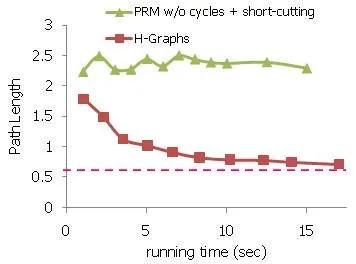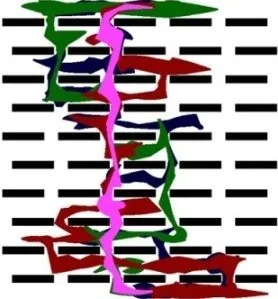|
|
 |
|
|
|
Sampling-based motion planners are an effective means for generating collision-free motion paths. However, the quality of these motion paths (with respect to quality measures such as path length, clearance, smoothness or energy) is often notoriously low, especially in high-dimensional configuration spaces.We introduce a simple algorithm for merging an arbitrary number of input motion paths into a hybrid output path of superior quality, for a broad and general formulation of path quality. Our approach is based on the observation that the quality of certain sub-paths within each solution may be higher than the quality of the entire path. A dynamic-programming algorithm, which we recently developed for comparing and clustering multiple motion paths, reduces the running time of the merging algorithm significantly. We tested our algorithm in motion-planning problems with up to 12 degrees of freedom. We show that our algorithm is able to merge a handful of input paths produced by several different motion planners to produce output paths of much higher quality.


